Biography of Bindusara Maurya : An Emperor who over shadowed by his great father and great son.
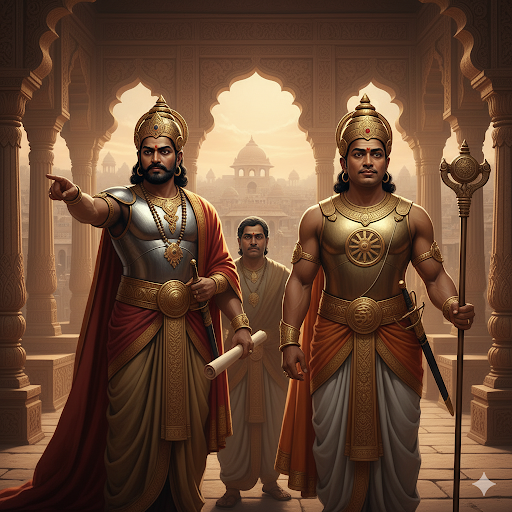
Birth and Parentage
- Bindusara Maurya (reign: c. 297 BCE – c. 273 BCE) was the second emperor of the Mauryan dynasty.
- He was the son of Chandragupta Maurya, the empire’s founder, and his queen, believed to be Durdhara.
- The circumstances of his birth are not elaborately recorded, but most traditions agree he was born around 320 BCE in Pataliputra (modern Patna, Bihar).
- According to later legends, Durdhara died after accidentally consuming a portion of poisoned food meant for Chandragupta. The unborn Bindusara was saved by physicians who performed an early form of surgery (possibly caesarean section). This story explains his name “Bindusara” (Bindu = drop/spot, Sara = essence), sometimes interpreted as “one who has strength in the body”.
Childhood and Early Life
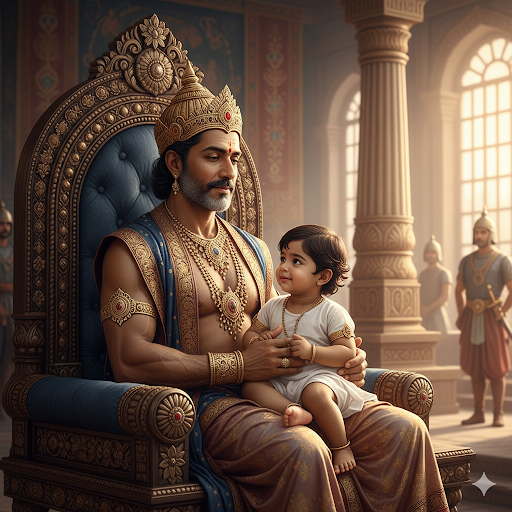
- Bindusara grew up as a prince in the royal palace of Pataliputra, surrounded by the vast administrative machinery his father had built.
- His upbringing was strict and disciplined. He was exposed to:
- The principles of statecraft and law (as codified in Kautilya’s Arthashastra).
- Military drill, hunting, and physical training.
- Vedic rituals, but also teachings from heterodox sects like Ajivikas.
- His early years were shaped by the strong presence of Chanakya, his father’s chief minister and mentor.
Education and Training
- Bindusara received his education at the Mauryan court, which was itself a hub of scholars, administrators, and diplomats.
- His training included:
- Politics & Governance – the methods of taxation, justice, and bureaucracy.
- Military Science – strategy, siege warfare, cavalry and elephant corps management.
- Philosophy & Religion – exposure to Vedic hymns, Ajivika doctrines, and contemporary philosophical debates.
- Foreign Diplomacy – knowledge of Greek, Persian, and Central Asian political practices through envoys and traders.
- His education was practical, aimed at grooming him to be a ruler of the world’s largest empire at the time.
Accession to the Throne
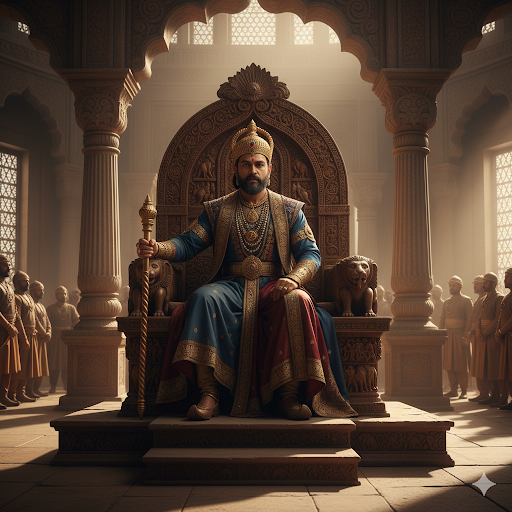
- In 297/298 BCE, Chandragupta abdicated the throne. Guided by Jain monk Bhadrabahu, Chandragupta migrated to Karnataka where he fasted to death (Sallekhana).
- Bindusara was then crowned as the Emperor of the Mauryan dynasty.
- Unlike Chandragupta, who founded the empire, or Ashoka, who spread it to its cultural zenith, Bindusara’s reign is described as that of a “consolidator and maintainer”.
- He ruled for approximately 25 years (297–273 BCE).
Struggles and Consolidation of Power
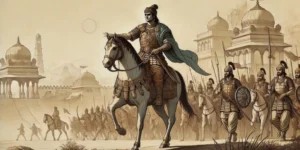
- Upon ascending the throne, Bindusara faced the challenge of maintaining control over a vast and culturally diverse empire.
- His immediate tasks included:
- Suppressing rebellions in the north-western provinces and in central India.
- Expanding southwards into the Deccan plateau.
- Keeping the Greek successors of Alexander at bay through diplomacy and occasional skirmishes.
- He proved to be a firm ruler, stabilizing the empire at a crucial moment when it could have fragmented after Chandragupta’s retirement.
Role of Chanakya
- Chanakya (Kautilya), Chandragupta’s mentor and the mastermind behind the Mauryan state, initially continued as Bindusara’s chief minister.
- Chanakya’s guidance ensured:
- Smooth transfer of power from father to son.
- The maintenance of a strong spy network and bureaucracy.
- The safeguarding of the empire against external threats (Greek satraps) and internal revolts.
- Later Jain texts suggest Bindusara might have been influenced by court rivalries that turned him against Chanakya, but the historicity of this claim is debated.
Relations with the Greeks
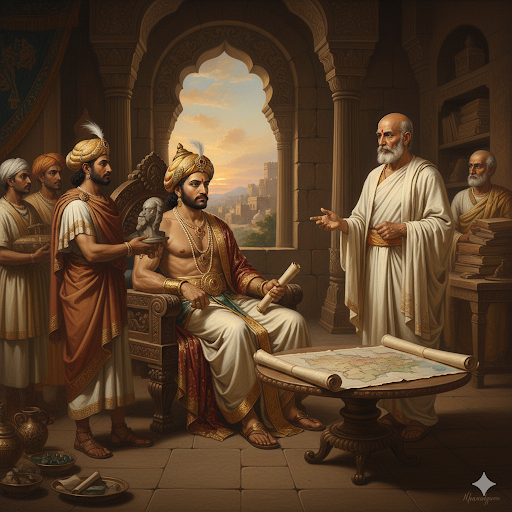
- Bindusara’s empire maintained diplomatic and commercial ties with Hellenistic kingdoms.
- Greek writers like Athenaeus mention Bindusara by the name Amitrochates (probably derived from Sanskrit Amitraghata = “slayer of enemies”).
- Records suggest:
- He corresponded with Antiochus I Soter, the Seleucid king of Syria.
- He requested items like sweet wine, dried figs, and a learned philosopher from Antiochus.
- While the king agreed to send figs and wine, he refused to send a philosopher.
- These accounts highlight that Bindusara was not isolated, but a ruler engaged in the cosmopolitan diplomacy of the Hellenistic age.
Empire and Administration
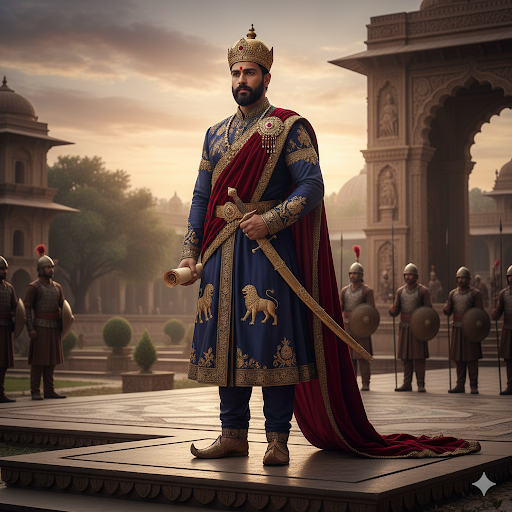
- Capital: Pataliputra (modern Patna).
- Extent of Empire:
- West: Afghanistan and Baluchistan.
- North: Himalayas.
- East: Bengal.
- South: Extended into the Deccan (Karnataka, Andhra Pradesh, Tamil Nadu), but Kalinga remained unconquered until Ashoka.
- Governance:
- Continued the administrative model of Chandragupta and Chanakya.
- Highly centralized with provinces governed by princes or appointed governors.
- Use of spies, revenue officers, and a disciplined army ensured stability.
- His reign was a period of expansion, consolidation, and relative peace.
Military Campaigns and Victories
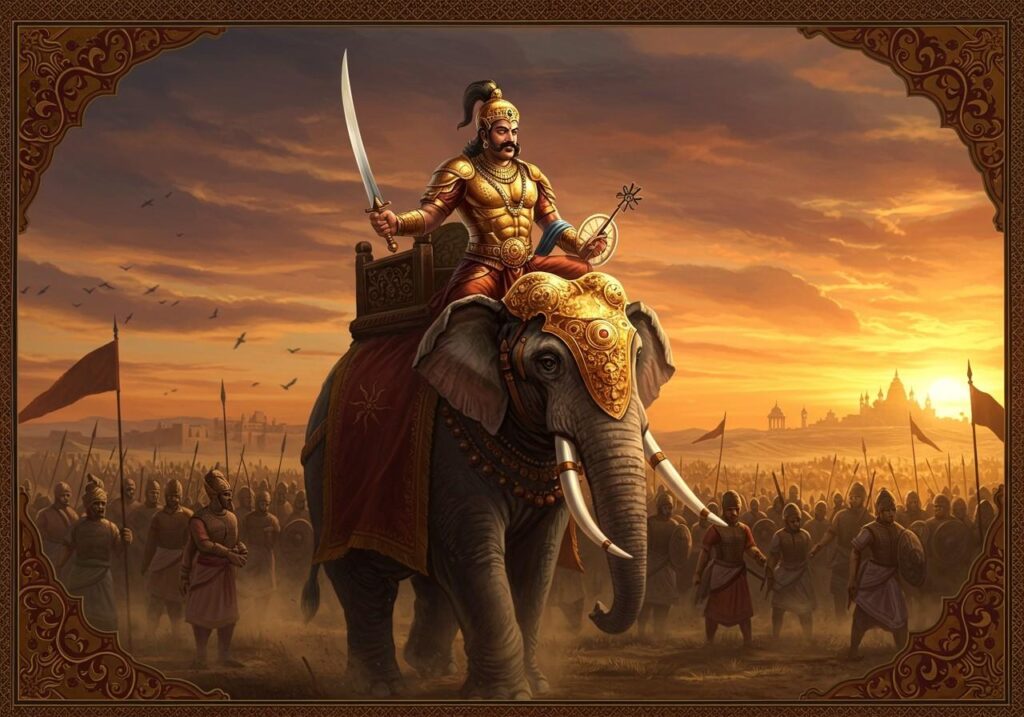
- Bindusara is credited with conquering the Deccan Plateau, extending Mauryan control beyond the Vindhyas.
- He brought 16 more territories under Mauryan rule (as mentioned in some Jain texts).
- The empire’s military strength—especially its elephant corps—was unmatched in the ancient world.
- Unlike Chandragupta (who fought Alexander’s successors) and Ashoka (who fought Kalinga), Bindusara’s victories were more about internal consolidation and southern expansion than dramatic wars.
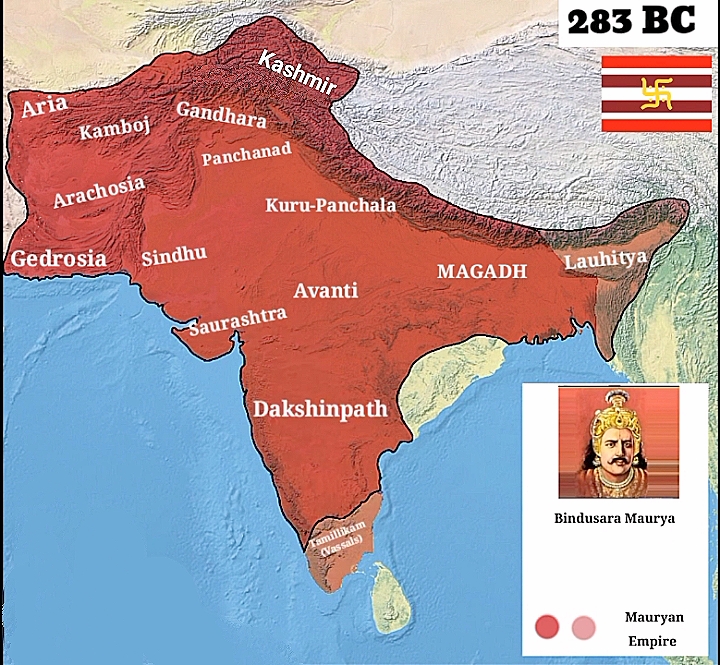
Religion and Philosophy
- Unlike his father and son, Bindusara did not become a propagator of a major world religion.
- He is believed to have leaned towards the Ajivika sect, a heterodox and ascetic philosophical movement that denied free will and emphasized destiny.
- However, he practiced religious tolerance:
- Allowed Jain, Buddhist, Ajivika, and Vedic traditions to coexist.
- This pluralistic policy helped maintain peace in a multi-religious empire.
Death and Succession
- Bindusara died around 273 BCE at Pataliputra after ruling for nearly 25 years.
- After his death, a succession struggle broke out among his sons.
- According to Buddhist and Jain traditions, Bindusara had around 16 to 100 sons, but the most notable were:
- Ashoka, who became the third and greatest Mauryan emperor.
- Susima, who was the elder son and heir apparent but lost to Ashoka in the struggle for succession.
- Ultimately, Ashoka emerged victorious and ascended the throne, carrying forward the Mauryan Empire to its zenith.
Legacy
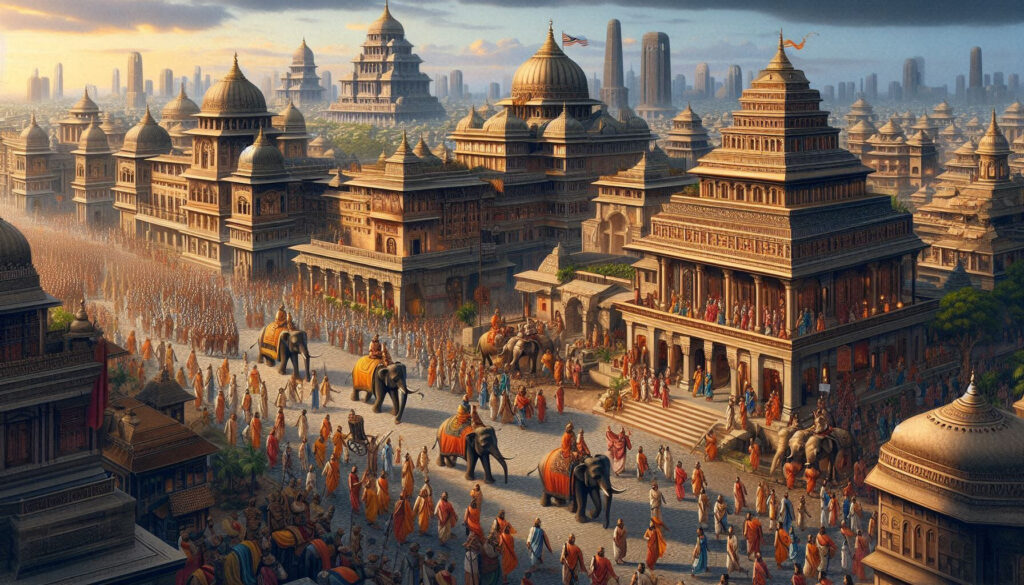
- Bindusara’s reign is often overshadowed by his father Chandragupta and his son Ashoka, but his contributions were pivotal:
- He maintained and consolidated the vast empire established by Chandragupta.
- Expanded Mauryan control into the Deccan Peninsula, almost unifying the entire subcontinent.
- Established diplomatic contacts with Hellenistic kings, showing the global significance of Maurya India.
- His religious tolerance set the stage for Ashoka’s later policies of Dharma.
- Remembered by Greek historians as “Amitrochates”, a fearsome yet cultured king.
Conclusion
Bindusara Maurya may not enjoy the same legendary status as Chandragupta or Ashoka, but he was the indispensable link in the Mauryan chain. Without his strong consolidation and southern expansion, Ashoka would not have inherited a secure and powerful empire. In this sense, Bindusara was the “silent architect” of the Mauryan Golden Age that followed.
✅ In summary:
Bindusara was a capable emperor, a southern conqueror, a diplomat in touch with Greeks, a patron of Ajivika philosophy, and a ruler who kept the Mauryan Empire intact between two towering figures of Indian history.






